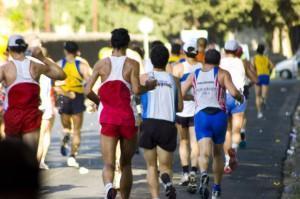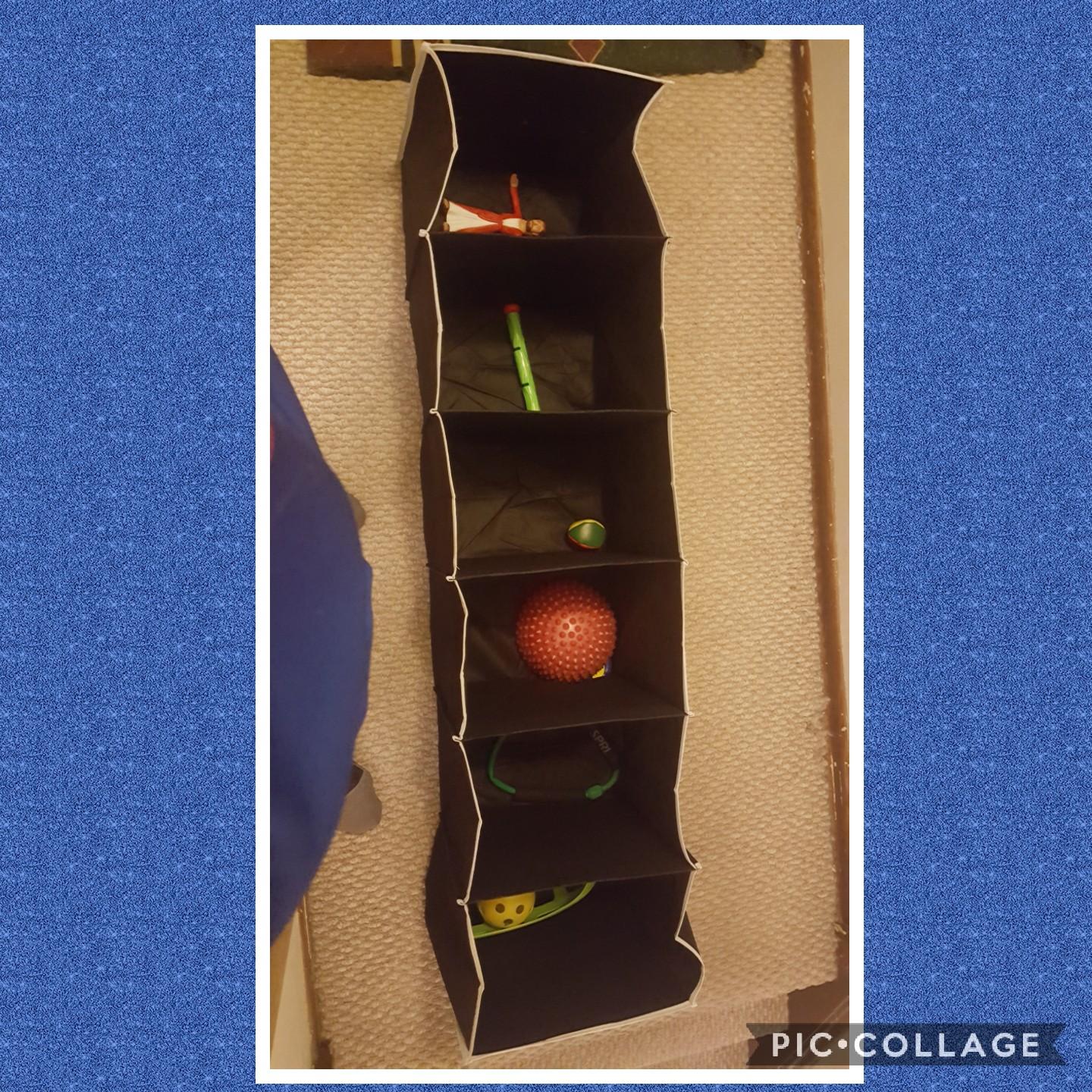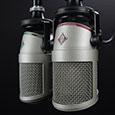
Preparing for your first 5K can be a wonderful experience. First of all, you should be making sure you are physically able to do a 5K walk/race. Going to the doctor for a general check-up and blood work should be the first step. The second step is to make a decision to do a race that is five to eight weeks away and register for it. The next step is to tell family and friends of your intention of running that race. That should start to fuel the motivation it takes to do the race.
The next progression is a clothing inventory of what you already have and what you will need for race day. You should make a decision about what clothing you will need for training and for the day of the race. Layering and avoiding cotton is essential. Going to a running store to buy proper shoes for your race is crucial. The staff can check your gait and foot type. Pick clothes that are loose fitting but comfortable. Avoid tight underwear or slippery clothing that might deter your time during the race. A good hydration belt that does not bounce, such as a spider or I-Fitness belt with pockets, is a good option for carrying water/sports drinks during the race. It is also good during your training runs to carry identification such as a driver’s license, state identification, or a road ID that lists your address, contacts in case of emergency, and blood type in case something happens during your training or during the race.
A training schedule typically starts with running or walking 3 to 4 days per week, starting with 15 to 25 minutes a session. A good goal is to try to walk or run that time frame at 1 to 1.5 miles a session. Adding 10 percent each week or 3 to 5 minutes until you reach 30 minutes is a good rule of thumb for increasing the time of your race. Having a friend with whom to walk is great––and a great motivation. A personal trainer is also excellent to help you stay motivated and keep your goals. During your training you will want to wear gear that is 5–10 degrees lighter than what you wear casually for walking outside or 15–20 degrees lighter than what you wear for running outside.
Overtraining is a common mistake. It is more important to gauge how you feel than to train and get injured. Lastly, in training, remember to take off 1–2 days per week. A slow walk, or other dynamic warm-up before you walk/run your 5K, and a static stretch, should only be performed after the race. Icy hot and Biofreeze are great topical agents to use if you feel minor soreness or discomfort after your session but should not be used as a cover-up for pain. Pain is different than minor discomfort and means your body might be telling you to take a few days off. When starting a new exercise program, it is typically normal for you to feel soreness or minor discomfort 12–36 hours after your session.
The next thing is to do cross training with another form of aerobic exercise like swimming or biking and adding a overall strength-training program––either with weights or strength bands––two times per week.
Nutrition is also essential with training. Having healthy small meals spaced over five to six times a day is essential. Carbohydrates should be present at every meal, focusing on natural complex grains of breads, starchy vegetables, and simple natural carbs of fruits. Experts recommend drinking at least 10 glasses of water a day, with 16 ounces an hour and a half before activity, and 8 ounces every 15 minutes. After a walk, it is recommended that there is a healthy mix of a carb and a protein. Remember that food is fuel, and you eat to live and not live to eat.
A “bib” is a piece of cloth or plastic bearing a number and usually worn over the chest to identify a competitor in a race. As you prepare for your race, try to get your bib the day before. Also, lay out the clothes that you will need as well as the bottles you might use during the race for hydration. Finally, check the weather report and estimate both before and the next day what temperature you will encounter during the race. Remember: you can always layer and peel off your clothing during the race. Shoot for clothing that is easy to tie around your waist.
At the end of the race, take time to embrace your accomplishment and give the praise to God for His strength to complete the journey. Try walking or running with a friend and encourage your family to meet you at the finish line. Be sure if you can to cheer the other participants that come behind you. And, finally, congrats on your first accomplishment of the wonderful world of races and competition!
References:
5K Training Schedule: Do Your First – or Best – 5K Ever http://www.shape.com/fitness/training-plans/5k-training-schedule-do-your-first-%E2%80%93-or-best-%E2%80%93-5k-ever-0
5K Training: Train to Run Your First 5K http://running.about.com/od/racetraining/a/first5K.htm
5K Walking Schedule for Beginners http://walking.about.com/od/beginners/a/5ktraining.htm
5K Your Way http://www.sparkpeople.com/myspark/training-plans.asp
8 Weeks to your First 5K http://www.active.com/walking/Articles/8_Weeks_to_Your_First_5K.htm How to Fuel for Your Next Workout http://www.active.com/nutrition/Articles/How-to-Fuel-for-Your-Workout.htm
Running your First 5K http://thesecondwind.net/2011/running-your-first-5k-packet-pickup-preparation-competitor-shirt/
Run your First 5K http://www.runnersworld.com/article/0,7120,s6-238-520–11940-0,00.html
Training for your first 5K http://www.acefitness.org/fitfacts/fitfacts_display.aspx?itemid=2652
Training for your first 5K: Getting started http://www.ajc.com/news/lifestyles/health/training-for-your-first-5k-getting-started/nQWnt/
Was this Article Helpful?
If this article was helpful to you, please consider linking this article to your own blog or sharing this through the social buttons below. You will also find other great articles at “Expert Advice“.
- 14shares
- 14Facebook
- 0Twitter
- 0Pinterest
- 0LinkedIn
Christina Chapan
Latest posts by Christina Chapan
- Body Language for Personal Trainers,Teachers and Group Instructors - January 12, 2020
- Allergies + Exercise: An Overview - January 9, 2020
- The Safety of Running Solo - January 5, 2020















